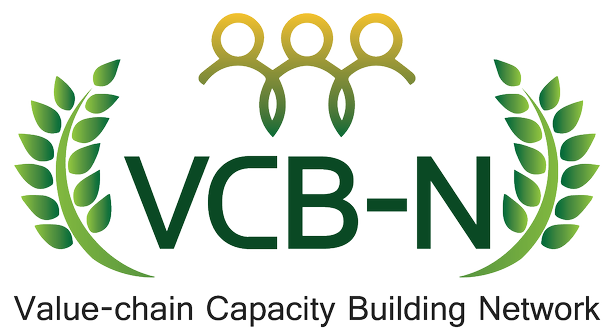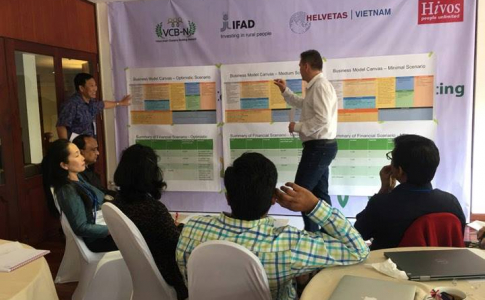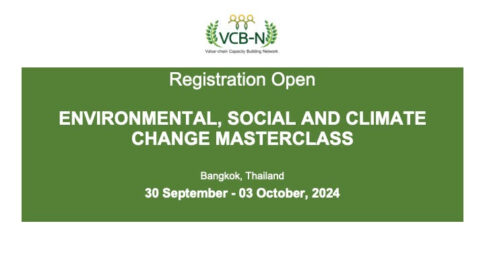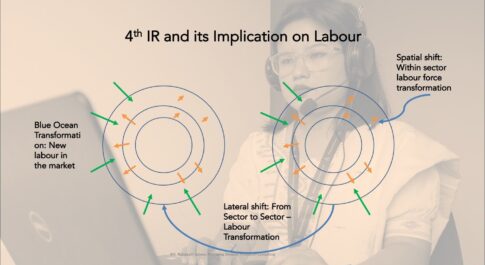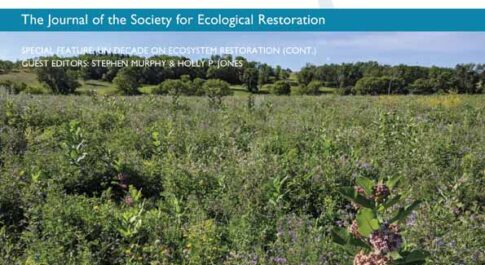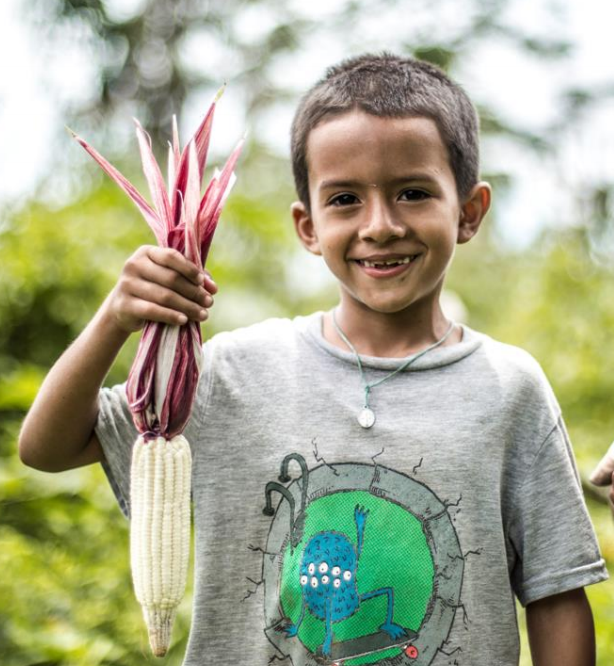
Research / event reports
Online article published: Ten People‐centered Rules for Socially Sustainable Ecosystem Restoration
Restoration ecology is emerging as a key science to help repair damaged ecosystems, imagine/create the ecosystems of the future, and address the biodiversity crisis. Indeed, the United Nations has declared 2021-2030 “The Decade on Ecosystem Restoration”. As a relatively young science, restoration ecology has yet to fully realize its promise. The science of restoration needs to be clear in how best practice is understood and communicated if it is to capitalize on the Decade of Ecosystem Restoration. Areas of potential growth in this field include cogent theoretical frameworks, global generalities of restoration efficacy, frameworks defining different outcomes, the inclusion of Indigenous communities and traditional Indigenous ecological knowledge, and closer collaboration between scientists and practitioners.
Dr. Rajendra Singh Gautam, Dean at Institute of Livelihood Research and Training (www.ilrtindia.org) co-authored an article titled ‘Ten people‐centered rules for socially sustainable ecosystem restoration’ that has been published in the volume 29 of Restoration Ecology , the journal of the Society for Ecological Restoration (SER).
ILRT is one of the initial Centers of Excellence of VCB-N.
To access and share this article, please click the following link to register or log in:
https://authorservices.wiley.com/index.html#register
You can also access the published article via this link: http://doi.org/10.1111/rec.13574
Download the PDF here
ABSTRACT
As the UN Decade on Ecosystem Restoration begins, there remains insufficient emphasis on the human and social dimensions of restoration. The potential that restoration holds for achieving both ecological and social goals can only be met through a shift toward people-centered restoration strategies. Toward this end, this paper synthesizes critical insights from a special issue on “Restoration for whom, by whom” to propose actionable ways to center humans and social dimensions in ecosystem restoration, with the aim of generating fair and sustainable initiatives. These rules respond to a relative silence on socio-political issues in di Sacco et al.’s “Ten golden rules for reforestation to optimize carbon sequestration, biodiversity recovery and livelihood benefits” on socio-political issues and offer complementary guidance to their piece. Arranged roughly in order from pre-intervention, design/initiation, implementation, through the monitoring, evaluation and learning phases, the 10 people-centered rules are: (1) Recognize diversity and interrelations among stakeholders and rightsholders’; (2) Actively engage communities as agents of change; (3) Address socio-historical contexts; (4) Unpack and strengthen resource tenure for marginalized groups; (5) Advance equity across its multiple dimensions and scales; (6) Generate multiple benefits; (7) Promote an equitable distribution of costs, risks, and benefits; (8) Draw on different types of evidence and knowledge; (9) Question dominant discourses; and (10) Practice inclusive and holistic monitoring, evaluation, and learning. We contend that restoration initiatives are only tenable when the issues raised in these rules are respectfully addressed.
You may want to read
